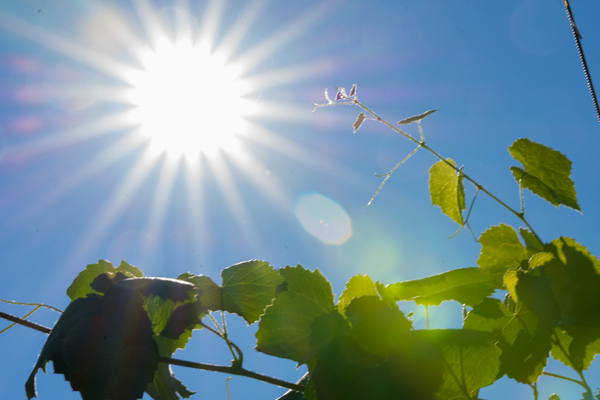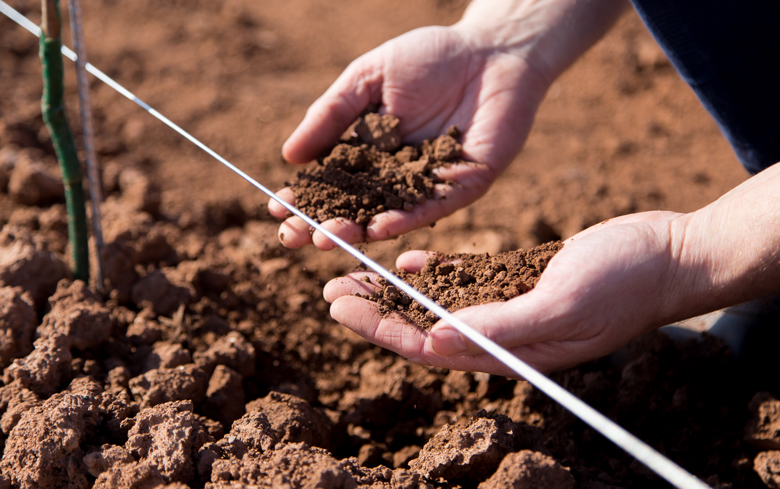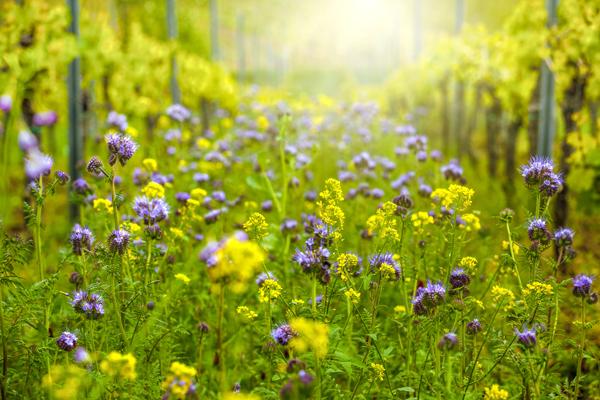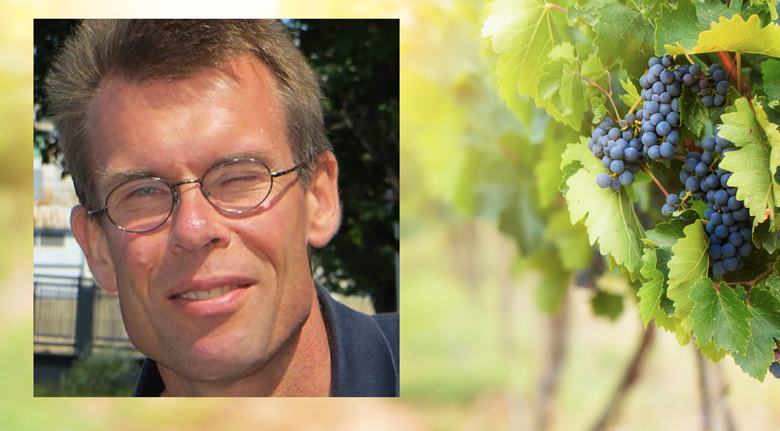Prof. Kees van Leeuwen: on the future of viticulture
from his presentation at GIESCO 2025 on much that still needs to be researched
https://www.bonvinitas.com/media/reviews/photos/thumbnail/780x480c/68/77/22/prof-kees-van-leeuwen-on-the-future-of-viticulture-57-1754930043.jpgVines interact with the climate and the soil. Both experience significant changes due to:
-
Global warming
-
Losses of organic matter in the soil
-
Reduction in biodiversity
Consequences of global warming
 This causes the vines to produce more sugar, which leads to higher alcohol content in the wine; too much can even make it taste disharmonious. At the same time, increased heat reduces acidity, making wines appear less fresh. Furthermore, high temperatures reduce secondary plant compounds in the skins, which can lead to changes in aroma. In addition, many wine-growing regions are increasingly exposed to dryness, even drought, which, while beneficial for red wine, puts stress on the vines and reduces yields.
This causes the vines to produce more sugar, which leads to higher alcohol content in the wine; too much can even make it taste disharmonious. At the same time, increased heat reduces acidity, making wines appear less fresh. Furthermore, high temperatures reduce secondary plant compounds in the skins, which can lead to changes in aroma. In addition, many wine-growing regions are increasingly exposed to dryness, even drought, which, while beneficial for red wine, puts stress on the vines and reduces yields.
How to adapt
- to increased temperatures
The winemaker can't change the temperature, but they can choose varieties that ripen later and extend into the cooler season, as well as varieties that can cope better with the heat without producing too much sugar or too little acid. Science can provide even more data for individual climate zones here.
- increasing drought
 The genetic diversity of grape varieties and clones regarding water consumption and drought resistance is considerable, highly complex, and not yet fully understood. The role of soil in drought resistance is also important and not fully understood. Increasing soil water retention through appropriate soil preparation before planting or through the selection of deep-rooted rootstocks (yielding vines are usually grafted onto phylloxera-resistant rootstocks) are ways to address major water deficits. Research into symbioses between vine roots and soil fungi (mycorrhizae) is still in its early stages.
The genetic diversity of grape varieties and clones regarding water consumption and drought resistance is considerable, highly complex, and not yet fully understood. The role of soil in drought resistance is also important and not fully understood. Increasing soil water retention through appropriate soil preparation before planting or through the selection of deep-rooted rootstocks (yielding vines are usually grafted onto phylloxera-resistant rootstocks) are ways to address major water deficits. Research into symbioses between vine roots and soil fungi (mycorrhizae) is still in its early stages.
Plant varieties suitable for the location - do not necessarily focus on varietal wines
 Varietal wines, which are increasingly fashionable, tempt wine growers to cultivate varieties that are not best suited to the respective terroir and climate. For example, Merlot and Chardonnay have migrated to warmer regions even though they originate from cooler ones. Thus, it makes more sense to link the quality pyramid of wines to their origin, as this gives winemakers more flexibility to focus on varieties more suited to the location. It is to be hoped that consumers will increasingly accept and reward this.
Varietal wines, which are increasingly fashionable, tempt wine growers to cultivate varieties that are not best suited to the respective terroir and climate. For example, Merlot and Chardonnay have migrated to warmer regions even though they originate from cooler ones. Thus, it makes more sense to link the quality pyramid of wines to their origin, as this gives winemakers more flexibility to focus on varieties more suited to the location. It is to be hoped that consumers will increasingly accept and reward this.
Decline in soil organic matter and erosion of biodiversity
In most cultivated soils, organic matter is declining due to erosion and/or an imbalance between agricultural use and the re-incorporation of organic matter, such as from crop residues, covering crops, or compost. This also leads to a decline in biodiversity both above and below the soil, which can lead to increased disease.
 The use of covering crops is an effective way to limit soil erosion and promote organic content. Currently, only a limited number of plant species are used as covering crops, and there is a need to explore a greater diversity of these crops to address these challenges. For example, soil compaction can be addressed by plant species with deeper taproots, and soil nitrogen supply can be improved by nitrogen-fixing species (legumes). A balance must be found here, as high-quality wines are usually produced on poorer soils.
The use of covering crops is an effective way to limit soil erosion and promote organic content. Currently, only a limited number of plant species are used as covering crops, and there is a need to explore a greater diversity of these crops to address these challenges. For example, soil compaction can be addressed by plant species with deeper taproots, and soil nitrogen supply can be improved by nitrogen-fixing species (legumes). A balance must be found here, as high-quality wines are usually produced on poorer soils.
Van Leeuwen pointed the way: Many research projects can help winemakers maintain their yields and wine quality in a changing environment, while also ensuring the sustainability of their vineyards.
Dieter Simon, publisher and editor-in-chief of bonvinitas. Photos: Vine photo in the cover: uv_group - Adobestock; van Leeuwen: PR





